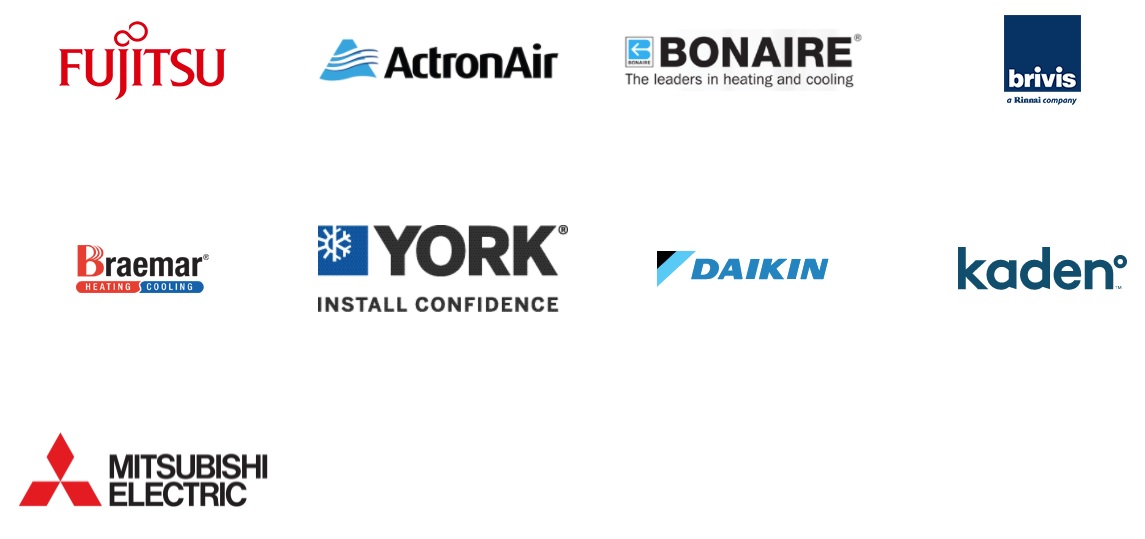The cost of fuel is one of the biggest factors in operating a central heating system. While there are many different types of fuel, most people choose to use heating oil or kerosene. These types of fuels are used in both residential and commercial buildings, and are usually chosen based on the efficiency, reliability, and cost of installation. The primary advantage of using fuel oil is that it can be automatically fired in a central heating system. This type of fuel is also less expensive than natural gas, and requires minimal maintenance to the combustion system. The main disadvantage is the variable price of oil, and some systems can be designed to switch between different fuels. However, if you have a large building, you can opt for a system that runs on low-grade bunker fuel, or install an electrical backup in case there is a power outage.
While central heating and cooling systems have different uses, the basic principles of these systems are the same. The guys at Scotiabar Heating suggest these heating and cooling systems start with a thermostat that registers a certain temperature and starts the heating and cooling system. Typically, a gas heater burns natural gases, which are hotter than other types of fuel. These systems are a good choice for homes and commercial buildings that need constant heat. If you don’t want to spend a lot of money on gas, look for an electric system.
If you don’t want to spend a lot of money on gas, you can also choose hydronic heating instead. These systems are more efficient than gas ducted heating and cooling. They also require less maintenance than gas ducted heating systems. A major downside of this type of system is that it’s difficult to install in an existing home. If you can get the heat installed first, you’ll save a significant amount of money for your ducted cooling system.
Ducts are a great alternative to central heating. These systems don’t need ducts or a thermostat, so they are an excellent choice. They allow you to control the amount of heat that’s being circulated in your home. You can even shut off the heating when you don’t need it. They’re not perfect, but they do the trick in many homes. A mini-split system can be more affordable than a central system and is ideal for people without space in their home.
A combination boiler combines heat and water. This type of heating uses a cylinder. It also can’t be operated on a timer. The two types of furnaces use ducts that are connected to the house. This is an extremely efficient option for a home with a large number of ducts. Despite its size, both models have ducts, but the most efficient option is a combi-boiler.
Author:
Dan Croke is a property developer and successful property investor, helping others to achieve financial freedom through investing. This Brisbane man, Dan Croke, who grew up in Warwick, Qld, moved to Brisbane and went on to become a wealthy property investor, having so far acquired almost 200 properties, some of which are individually worth as much as $5M and $10M. He has silently and anonymously helped scores of people over the years
